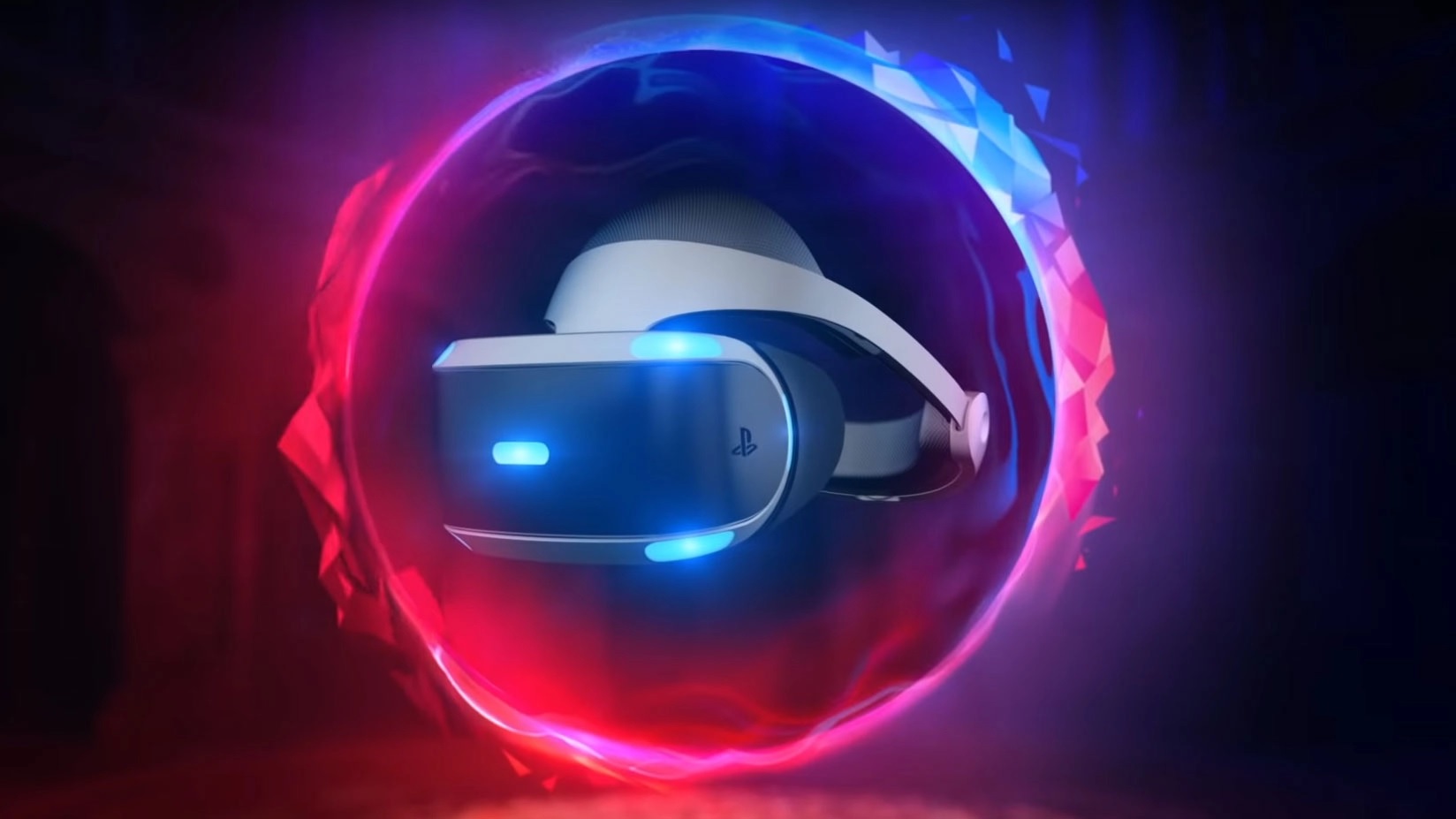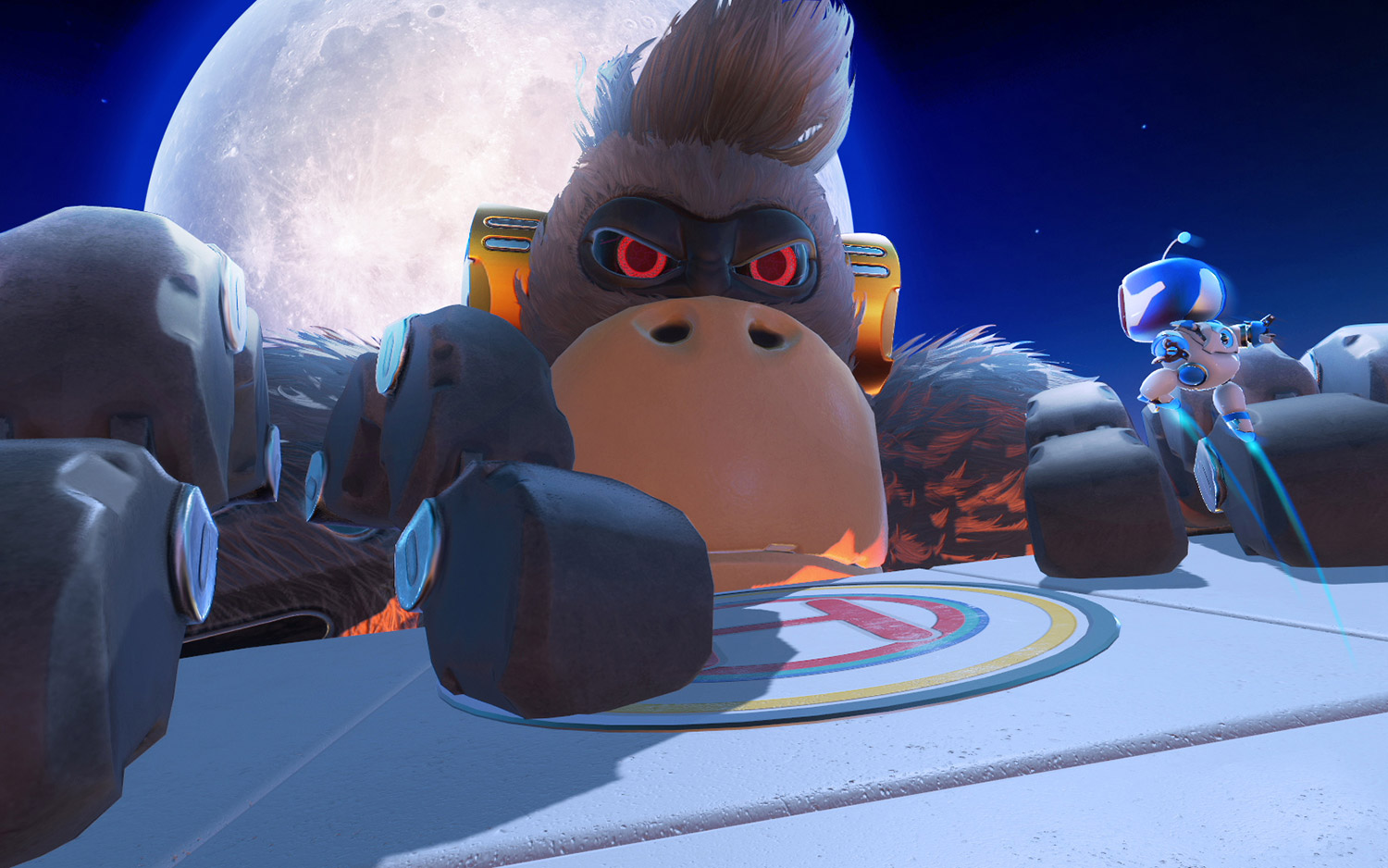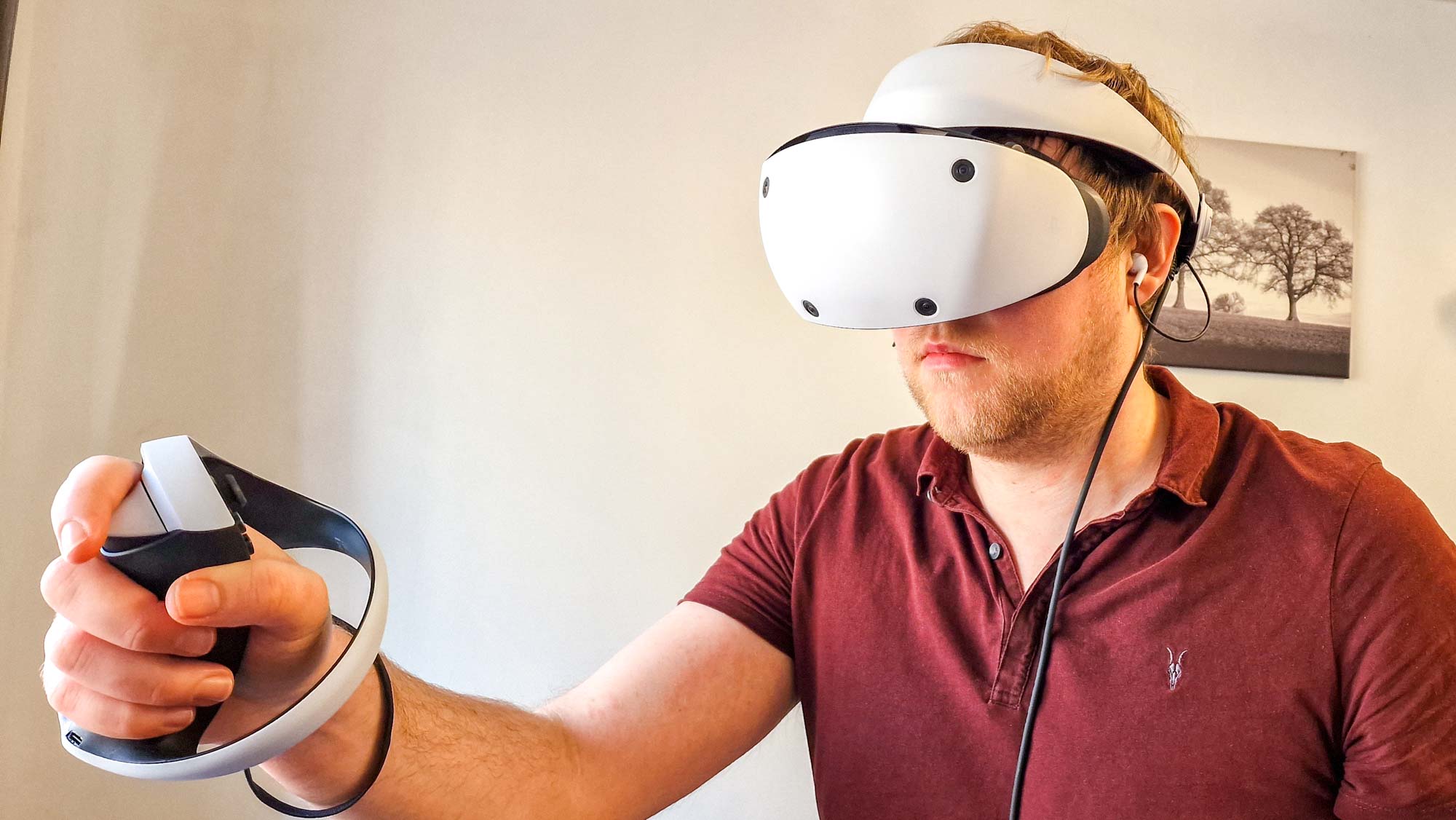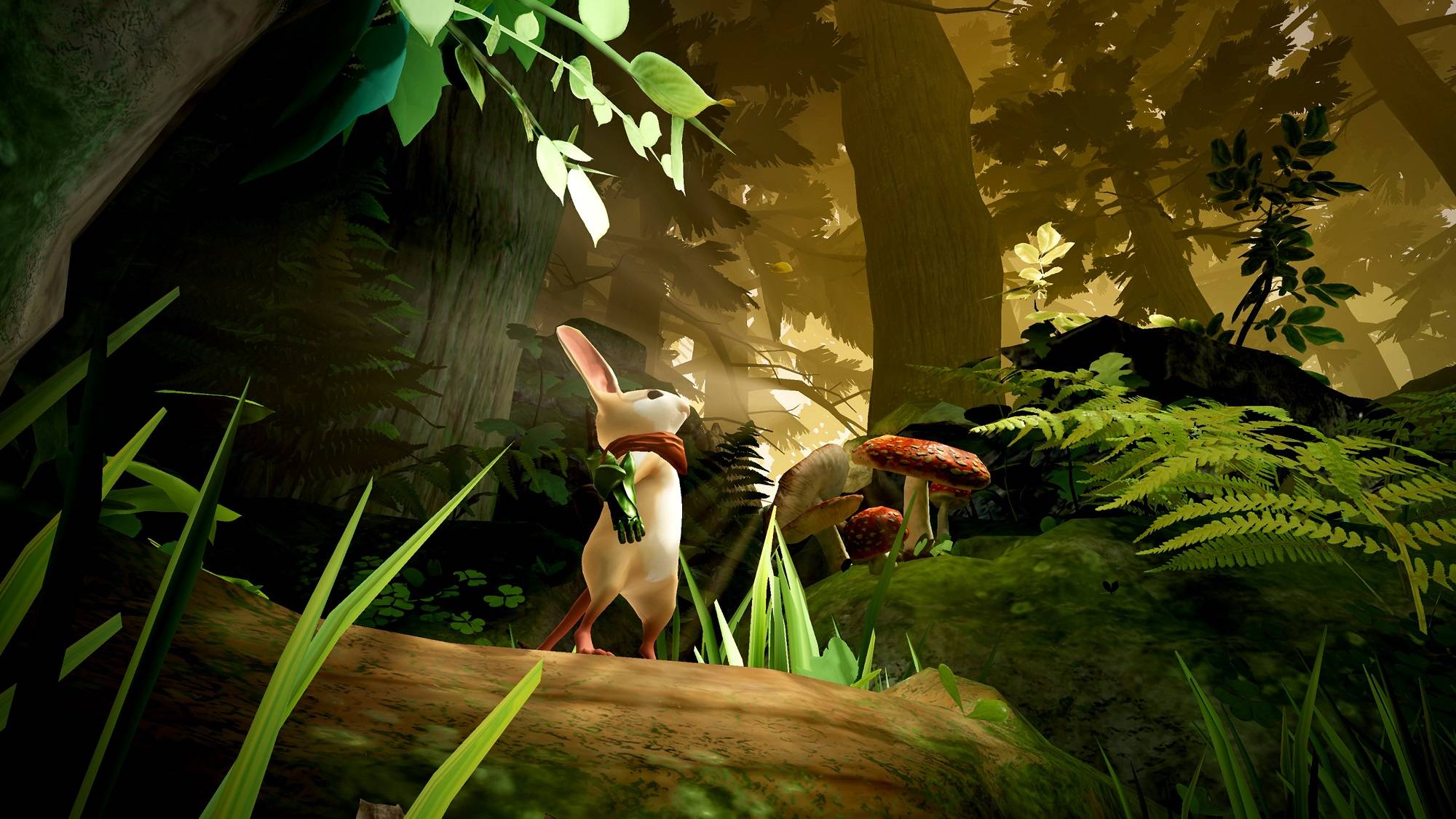I took a $599 gamble on the PSVR 2 — here’s what happened
My decision to purchase a PSVR 2 bundle at launch for $599 (£569 here in the U.K.) was actually kind of a risky decision. In fact, there was a decent possibility that I was investing such a hefty sum into a product that could make me physically ill, just as its predecessor did.
Because of this factor, I spent many weeks in the run to launch hovering over the “cancel pre-order” button seriously contemplating if spending such a significant amount when the cost of living continues to skyrocket was a very foolish decision. But as a lover of new gaming technology, my curiosity to experience this new PS5 peripheral got the better of me.
And now, a few weeks after I received my PSVR 2 unit, and after spending some time with the next-gen virtual reality headset, I couldn’t be more pleased with my purchase. The PSVR 2 is the VR experience I always wanted, and it’s all because Sony managed to fix the fatal problem that its first stab at a VR device suffered from — my gamble definitely paid off.
The first PSVR was a painful experience

I was a latecomer to the original PSVR headset. The PS4 accessory launched in 2016, but at the time I was working in retail (coincidentally for a chain of video game shops) and couldn’t dream of affording its $399 launch price. And that MSRP didn’t include the required camera nor the practically-mandatory PS Move controllers either.
After around 30-45 minutes of using the original PSVR I would begin to suffer from a seriously killer headache.
Instead, I joined the PSVR party in 2020 as, like many people, I was very much keen to escape the real world in that especially traumatic year. I had been able to demo the device previously via a friend, but I was pretty excited to have a headset of my own that I could use at my leisure. Plus, as it was four years post-launch a respectable, if not exactly deep, library of compelling software had built up.
And while I did have plenty of fun with several of the best PSVR games including Until Dawn: Rush of Blood, Astrobot Recuse Mission and Blood and Truth, I would have to sum up my time with the original PSVR in a single word: painful.

After around 30-45 minutes of using the PSVR I would begin to suffer from a seriously killer headache. And if I didn’t pull the headset off pretty much as soon as I started to feel the symptoms, the intense stabbing pain would last for literally hours. The issue persisted even after dozens of play sessions, and it was such a problem that it eventually put me off completely from using the device. Soon enough it was collecting dust in the back of a wardrobe, until last autumn when I gave it away during a cleanout.
I had originally assumed, and hoped, the headaches were a result of motion sickness. And they would dissipate as I got more familiar with being in a virtual space. But I soon realized the problem was actually excessive eye strain. The 960 x 1080 per-eye resolution of the first PSVR was so low that I was constantly squinting to try and see images more clearly. And my eyes really didn’t like being worked that hard for such a prolonged period of time.
The problem prevented me from ever really digging into more meaty PSVR games such as The Walking Dead Saints & Sinners or Skyrim VR. Because I couldn’t use the headset for very long without extreme discomfort I stuck to shorter experiences that weren’t too demanding. And while I still had plenty of fun, I never really felt like I got to enjoy PSVR to its full potential.
PSVR 2 is the upgrade I needed

As you might expect, when the spec sheet for the PSVR 2 was announced last year, the first thing I looked for was the panel resolution. The news that Sony’s second generation headset would double the resolution to 2000 x 2040 per eye was extremely welcome — and it was this upgrade that convinced me to put down a pre-order on day one.
Within literally seconds of switching on my PSVR 2 for the first time, I noticed the difference. I spent a good few minutes just browsing the console’s UI with a big grin on my face.
Flashforward to release day, as I unboxed my PSVR 2, I was feeling excited but also nervous to see if the headset’s claimed leap in fidelity would translate to a better user experience for me personally. My fears were at least somewhat assuaged by the words of my colleague Roland Moore-Colyer who did our PSVR 2 review for Tom’s Guide and found the resolution bump significantly noticeable.
And within literally seconds of switching on my PSVR 2 for the first time, I noticed the difference as well. Even the PS5 home screen looks crisper, small text that had always looked blurry on the original PSVR was immediately readable, and I spent a good few minutes just browsing the console’s UI with a big grin on my face.

After this, I eagerly jumped into some of the best PSVR 2 games such as Moss and Zombieland Headshot Fever Reloaded hoping to see the same improvements in actual games.
Remarkably, I was able to play for around 90 minutes before I felt the urge to return to reality. And that was only because Kayak: VR Mirage absolutely flipped my stomach and gave me the worst case of VR motion sickness I’ve ever had. However, there was no headache to speak of and my eyes weren’t aching either.
Even a quick glance at our PSVR 2 vs PSVR comparison guide will show you the huge upgrades that Sony has made with its second-generation headset but for me, it’s almost impossible to look beyond the increase in resolution as the biggest improvement between the two devices.
Now with the PSVR 2, I finally feel like I can properly dive into the world of VR, and I’m super eager to see what’s next for PlayStation’s new headset in the years ahead.
For all the latest Technology News Click Here
For the latest news and updates, follow us on Google News.
